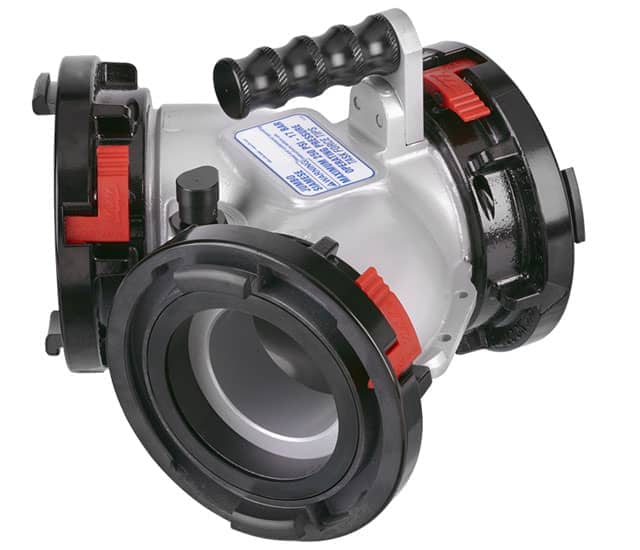
Overview
In rural areas where hydrants are scarce, firefighters rely on alternative water supply methods to combat fires effectively. One of the most valuable techniques is the rural hitch in fire operations. This is a system designed to ensure a continuous flow of water from tanker trucks to the fire scene. This method allows firefighters to establish a reliable water source, preventing delays in fire suppression efforts. By using dump tanks and relay pumping, departments can maintain steady water pressure, ensuring that crews have the resources needed to control and extinguish fires efficiently.
How the Rural Hitch Works
The rural hitch in fire operations, in simple terms, is by connecting multiple tanker trucks to a primary attack engine using clappered Siamese valves and gated wyes. As one tanker empties its water into a dump tank, another arrives to continue the supply, ensuring uninterrupted water flow. This setup allows firefighters to maximize water availability without relying on fixed infrastructure. Additionally, jet siphons help transfer water between tanks, optimizing storage and distribution for large-scale fire operations.
Equipment & Training for Effective Use
Fire departments must invest in proper equipment and training to execute the rural hitch effectively. Firefighters undergo hands-on drills to practice setting up dump tanks, hose connections, and relay pumping systems. Neighbouring departments will need to ensure that tankers are equipped with compatible fittings. This will allowing seamless integration with mutual aid resources. Regular equipment inspections and hydration planning help maintain operational readiness, ensuring that firefighters can deploy the rural hitch swiftly when needed.
Enhancing Rural Firefighting Capabilities
The rural hitch in fire operations is a game-changer for fire departments operating in remote areas, providing a dependable water supply where hydrants are unavailable. By mastering this technique, firefighters can reduce response times, improve fire suppression efficiency, and protect communities more effectively. As rural firefighting continues to evolve, the rural hitch remains a critical strategy for ensuring successful emergency operations in water-limited environments.